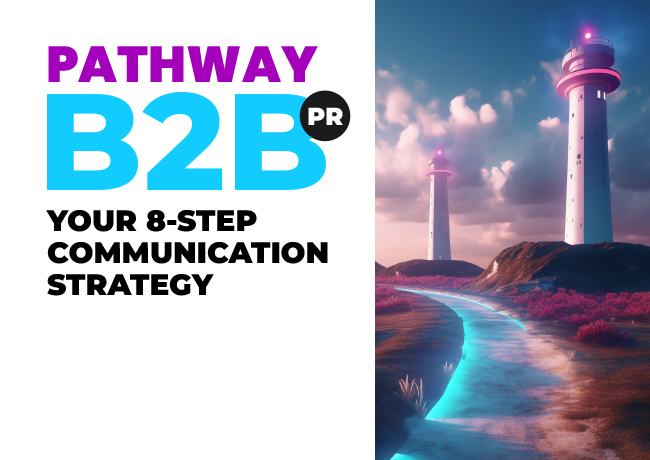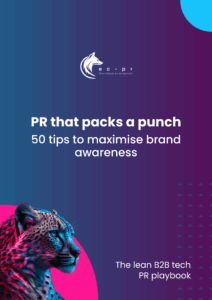
7 Ways PR differs from advertising
The key difference between PR and advertising is that advertising space is paid for while editorial space is not – the impact on how and why you use one over the other is rooted in this fundamental difference.
There are 7 principle ways that public relations is different to advertising. We take a closer look at these here:
1. Credibility:
Paying for space either in the form of advertising or advertorials has a direct impact on your credibility in the mind of your target audience. If your marketing message has clearly been paid for, it will command less trust than an article published independently in the media.
2. Stories:
PR’s expertise is in developing ideas that are aligned to your business strategy, whilst appealing to your target media. Your media want stories that attract and appeal to their audiences. Achieving this fine balance is a skill that PR practitioners have finessed.
3. Purpose:
Advertising is single minded in its delivery in order to be effective and is predominantly a visual medium used to sell a product. PR on the other hand, takes multiple shapes and harnesses media channels to manage reputation and build relationships, often commercial, with your target audiences based on trust.
4. Independence:
The editorial team is, or should be, independent from the commercial arm of the business to ensure editorial independence and integrity. It is this independence which is so precious to you because it endows credibility on your brand by association.
5. No guarantees:
While you pay for the PR agency‘s time, there’s no guarantee that coverage will appear – it is down to the editor to decide whether the material is likely to add value to the media channel or not. For this reason, communication with the editorial contacts should be transparent and focused while managing your expectation accordingly.
6. Engagement:
Journalists are looking to get ahead of their competitors, to get a scoop, so a story offered as an exclusive is more likely to appeal. A specific magazine or TV programme can be the first to ‘break your story’ but it can then be sent to multiple journalists thereafter, in order to maximize your press coverage. Your ad, on the other hand, will appear in multiple competitive outlets at the same time, single mindedly communicating its one key message. This can be combined as part of an integrated PR and marketing campaign.
7. Cost:
Traditionally, the cost of advertising has far exceeded the cost of PR both in terms of the development and implementation. Digital media and technology are starting to change this, but there is still a very long way to go. The primary skill that your PR company needs is to be able to present your message in a way that will engage and inspire the audience of your target media, through the lens of the editor.
Advertising versus PR and the role of social media
To summarise, the table below shows how advertising differs from public relations: for example, building exposure versus building trust; securing guaranteed placement in the way you desire it versus winning a credible editorial placement within your target publication.
However, the traditional advertising and PR spaces are shifting, especially in B2B tech.
Looking into 2024, the dividing lines between PR and advertising are blurred increasingly by the intersecting role of social media, where placement and advertisement, referral and commentary, are very closely positioned and competitively priced. It’s time to think about maximising the opportunities that executive profiling and thought leadership on social media have to offer. If not, you will miss the ability to be as tailored and targeted in your messaging as possible, whether you decide to pay for advertising on social media networks (sponsored posts), or use social as a public relations tool. When considering advertising versus PR, these are media channels that should not be ignored, as we highlight in our post ‘9 Reasons why CEOs and business leaders should be active on LinkedIn‘.
Advertising Vs Public Relations
Advertising:
Bought
Builds exposure
Audience is sceptical
Guaranteed placement
Complete control
Highly visual
More expensive
"Buy this" "Do this"
Public relations:
Earned
Builds trust
3rd party validation
No guarantees - must persuade media
Media controls final version
More words than images
Less expensive
"Interesting!" "Important"

DOWNLOAD: Your 8-Step Communication Strategy
A complete guide to delivering your business plan

Your 8-Step Communication Strategy Guide
A comprehensive guide to delivering your business goals using intelligent and relevant messaging.


